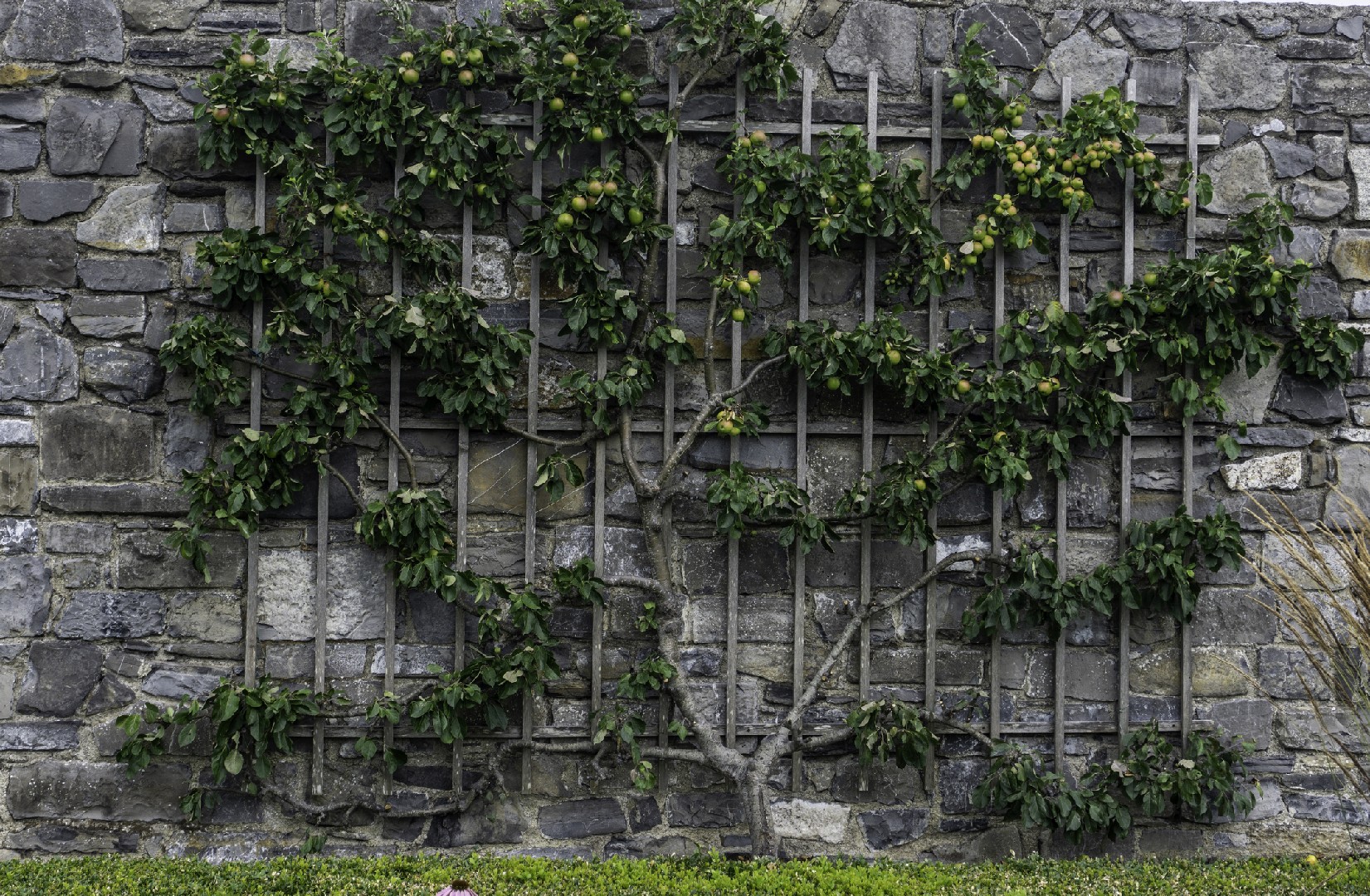![Rectangle]()
The Art and Science of Espalier
Espalier is not just a horticultural practice; it is an art form that combines the principles of botany with artistic vision. By training trees into decorative patterns, espalier brings elegance and beauty to small spaces, making it the perfect solution for urban gardeners and anyone with limited space. In this section, we will explore the history and origins of espalier, as well as delve into the botany principles and artistic techniques involved in this unique gardening practice.
The history of espalier dates back to ancient Rome, where it was first used to adorn the gardens of wealthy citizens. The technique then spread throughout Europe during the Middle Ages, becoming particularly popular in France and Italy. Today, espalier is admired and practiced by garden enthusiasts all over the world.
To create an espaliered tree, several techniques can be used, depending on the desired pattern and the type of tree. One common method is to train the tree's branches flat against a wall or a trellis, using ties or wire to secure them in place. This allows the tree to grow horizontally, creating a stunning visual effect.
Another technique is called the "cordon" method, where the tree is trained to grow in a single, vertical plane. This method is often used for fruit trees, as it allows for easy access to the fruit and promotes better air circulation, reducing the risk of disease.
When choosing a tree for espalier, it is important to consider its growth habit and flexibility. Some trees are naturally more suitable for espalier than others, such as apple, pear, and citrus trees. These trees have supple branches that can be easily trained and manipulated into various patterns.
Espalier requires patience and dedication, as it takes time for the branches to grow and develop the desired shape. Regular pruning is also necessary to maintain the form and encourage new growth. However, the results are well worth the effort.
In addition to its aesthetic appeal, espalier also offers practical benefits. By training trees to grow flat against a wall or fence, you can maximize your gardening space. This is especially beneficial for urban gardeners or those with small yards. Espaliered trees also tend to produce more fruit, as the branches receive better sunlight and air circulation.
Whether you are a seasoned gardener or a beginner, espalier is a technique that can be mastered with practice. It combines art and science, allowing you to express your creativity while nurturing plants. So why not give it a try? Start small with a single tree, and soon you will be able to transform your garden into a work of art.





